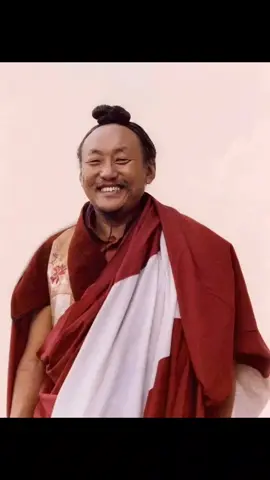Irina&Maxim
Region: MD
Wednesday 10 April 2024 19:16:04 GMT
159298
5144
75
340
Music
Download
Comments
Maria.S :
Super🥰
2024-04-11 07:21:24
0
❤️ Йнна ❤️ :
😂😂😂 Gata nu minca nimic😂 mai ales apa rece😂😂😂
2024-04-10 19:45:34
35
Violeta@ :
îmi trebuie așa o persoana lîngă mine că să slăbesc 👍😂😂😂
2024-04-11 05:14:38
15
Ecaterina Cazacenco :
cea mai buna a fost cu apa😂
2024-04-11 06:14:02
10
Anastasia :
Мне интересно кто эти все продукты в дом покупает?? Или это для гостей?
2024-04-11 09:18:39
0
Dyana :
😂😂😂😂😂cea mai tare faza a fost cu apa rece
2024-04-11 11:46:08
4
𝕊𝕠𝕣𝕚𝕟𝕒 👑♠️ :
Mama mea 😂
2024-04-11 05:37:11
3
manoiladima415 :
bravo Irina🌹
2024-04-11 09:38:46
1
user9320373355469 :
0,5 коньяку, і ніяких проблем зі здоров'ям 😂
2024-05-06 20:02:41
0
carolina17.09 :
mai nu mi-a sărit telefonul din mînă la fraza cu apa😃
2024-04-27 14:16:27
0
Anastasia :
😂😂asta fix eu cind vrea omul meu sa manince
2024-04-22 17:27:05
0
victor :
🤣🤣🤣🤣 apă caldă
2024-04-11 07:22:35
0
N.V :
😂😂😂
2024-04-10 19:22:43
15
🌼🦂 Elenuș 🦂🌼 :
😂😂😂😂😂
2024-04-10 19:44:07
2
Nicoleta.Elena.12✔️ :
🤣🤣🤣
2024-04-11 06:46:32
1
valeria_cebotari23 :
😂😂😂
2024-04-10 21:47:32
1
valentina :
😂😂😂
2024-04-10 21:20:23
1
Veronica :
😂😂😂
2024-04-10 21:08:58
1
Catalyn Costel :
😂😂😂😂😂😂😂
2024-04-10 20:22:34
1
Наталия Боинчан :
👍👍👍👍🤣🤣🤣🤣🤣
2024-04-10 19:46:31
1
To see more videos from user @burenescu_family, please go to the Tikwm
homepage.





